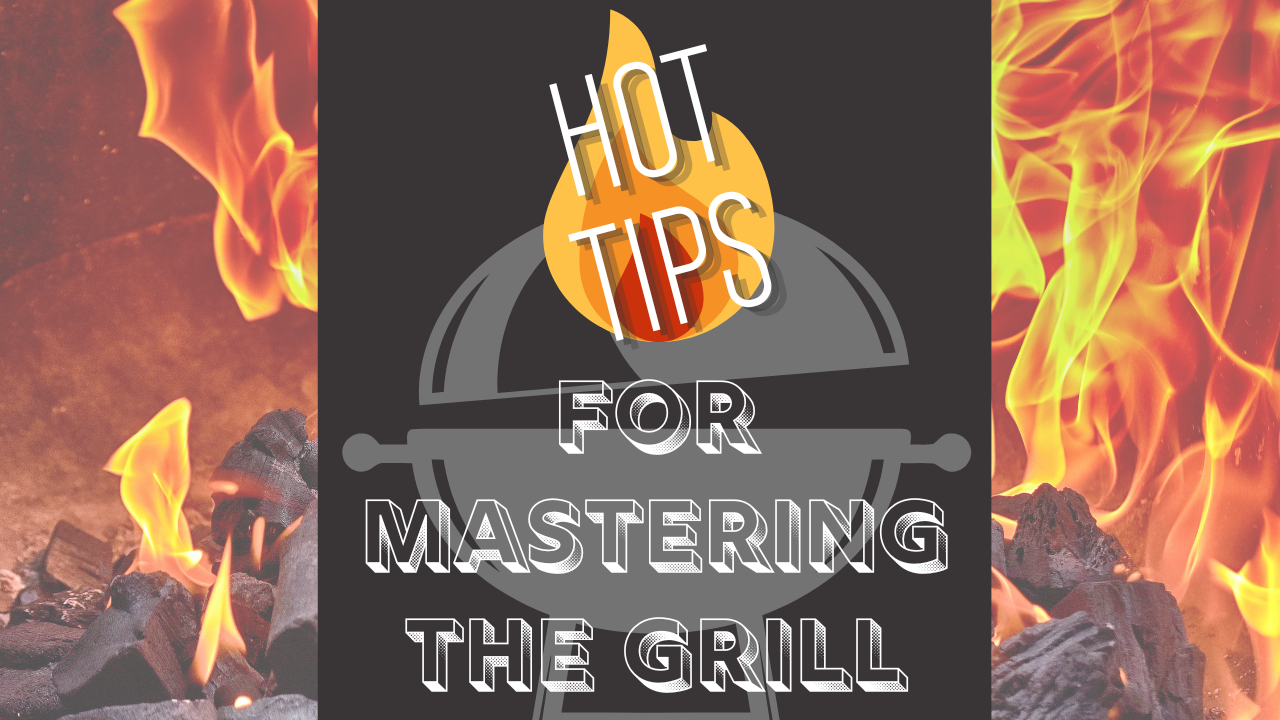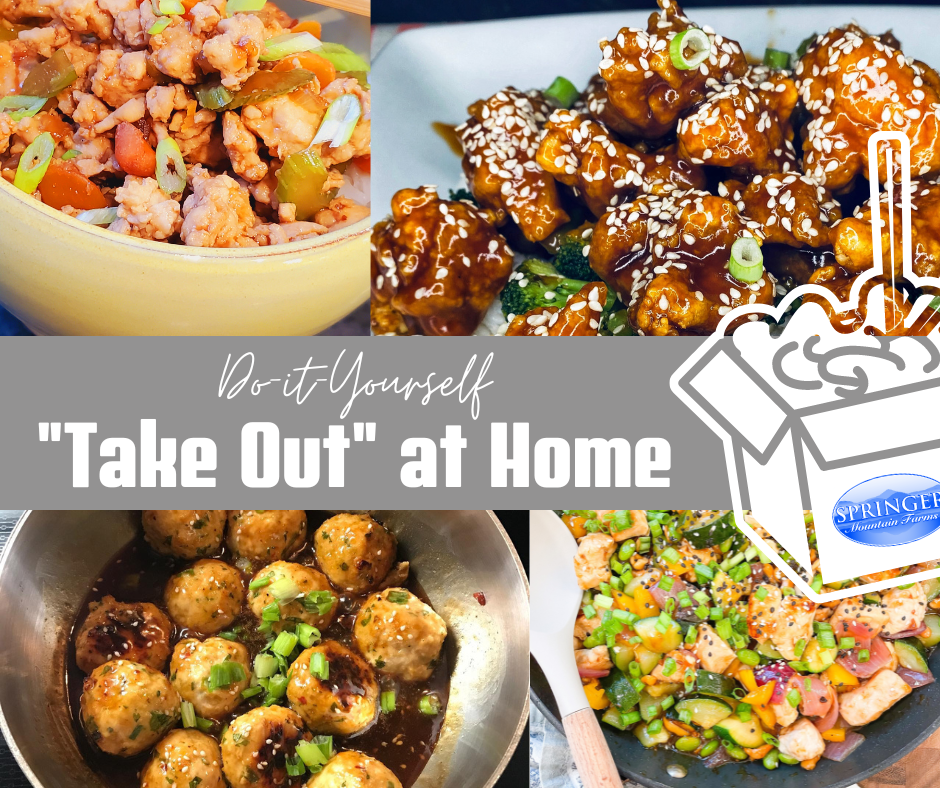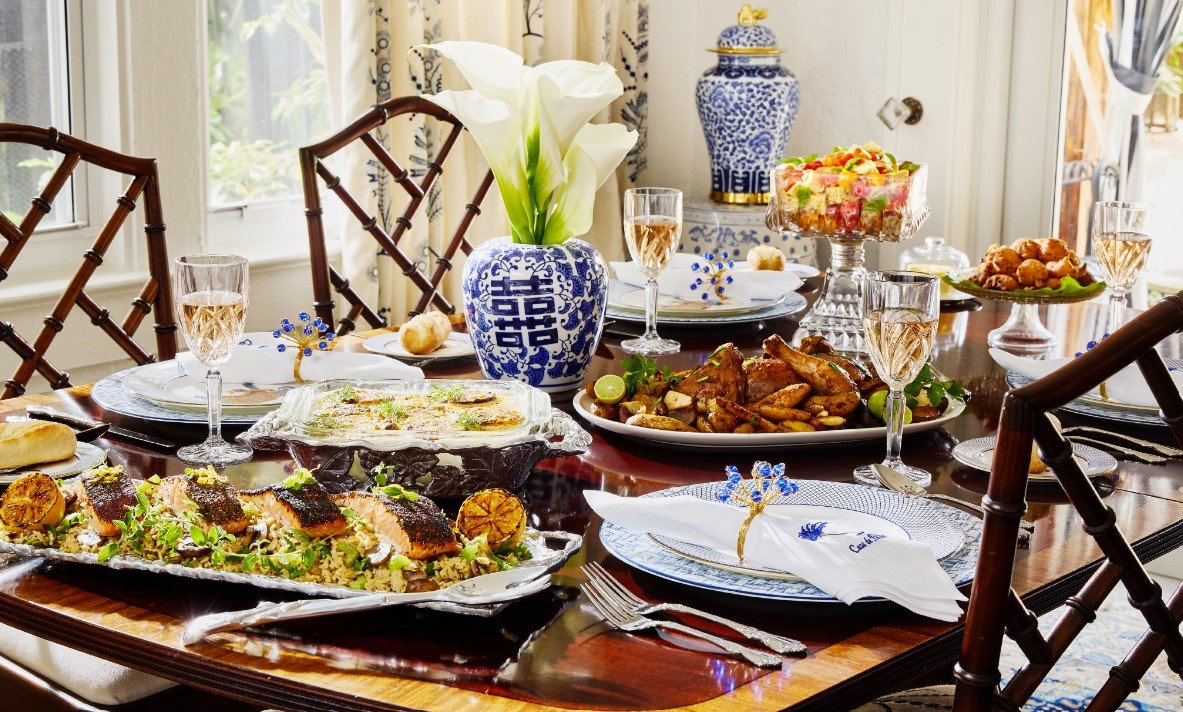Learning to manage your grill is the first step to being touted the King/Queen of the Grill when it comes to all things grilling! With these simple suggestions and a little practice, friends and family will be begging to be invited for dinner instead of running in the other direction when you start talking about firing up the charcoal.
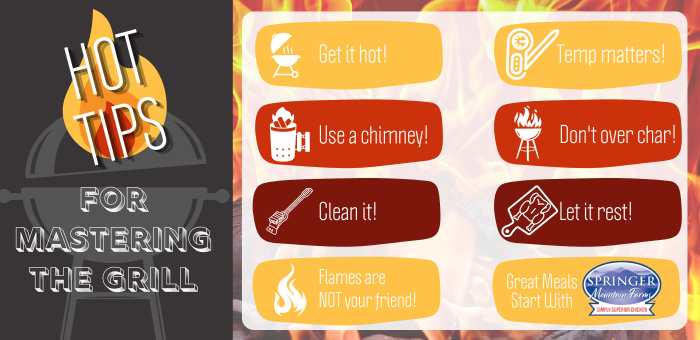
Get it hot!
It’s important to preheat the grill, preferably with the lid closed. Not only does this help get all the grill surfaces hot to help prevent sticking, but allows you to “cook-off” any residue from the previous use.
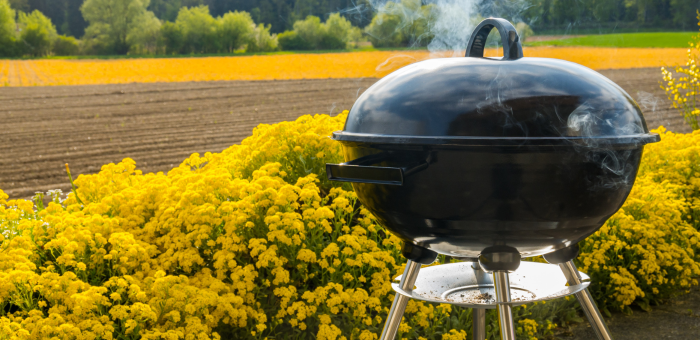
Use a chimney!
Now this is not an absolute necessity, but it sure does make getting your coals up to temp more consistently and allows you to spread them in whatever configuration needed for your cook (direct heat vs indirect heat). We advise looking for one that has several holes around the bottom to help draw air into the chimney allowing the coals to burn better. Using one of these charcoal chimneys also lets you skip the lighter fluid which can impart a “chemical” taste on your food. There are tons of fire starting aids on the market that don’t do that, or just use old newspaper, etc.
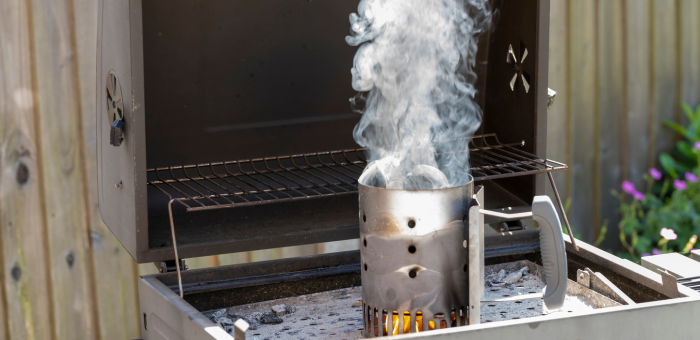
Clean it!
Nobody wants to taste the charred remnants of your last cook, so be sure you take the time to clean the grill grates before every use. A good preheat of the grill will loosen anything that’s left and make it easier to scrape off. A good wire brush will clean the grate right up, but here’s a handy tip to have just in case you don’t have a brush or can’t find it. Pull off a good sized pieces of aluminum foil, ball it up loosely and use it to rub along the grates. It may not get it as clean as a wire brush, but it will work in a pinch!
It’s also a good idea to make sure to regularly clean out old ash to help with air flow and to also degrease/clean the inside of your grill after a few uses to help prevent flare-ups and potential grease fires in your grill.
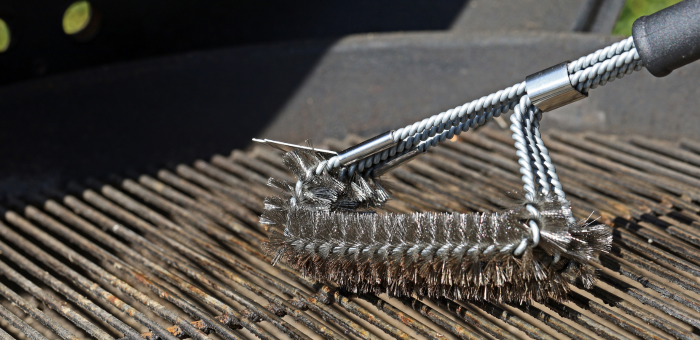
Flames are NOT your friend!
Unless you like charred or burnt food, flames on a grill are not your friend, especially with anything that has a high fat content or oil/sugar in a marinade or sauce. Keep a spray bottle handy to help tame flare-ups & prevent charring of food. It’s also a good idea to plan ahead for a cool zone (indirect heat) on your grill to move food if you do end up with a flare-up.
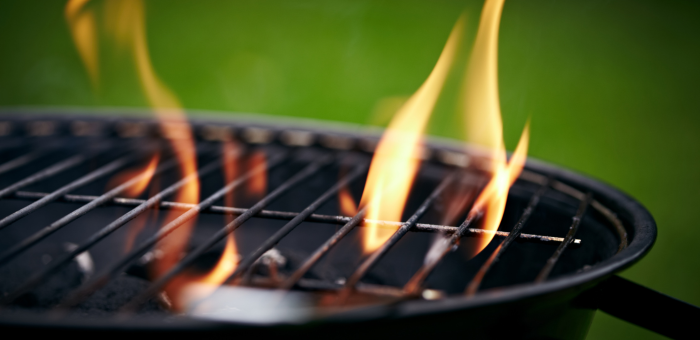
Temperature matters!
It matters in 2 ways: the temperature of your grill and the temperature of your food. Don’t always trust the little gadgets that come on the grill lid for your grill temp. Unless you know it is correctly calibrated, it is recommended that you use another source for checking the grill temperature. Oven thermometers would work in this instance, or one made specifically for your grill type. For specific types of cooking, you may also get an instant-read surface temp thermometer if you need the grates to be a specific temp for searing, etc.
The most important temperature tool for grilling, especially if you aren’t a very experienced cook, is a good instant read thermometer for food. Spend the money and buy one that will last and is easy to use and read!
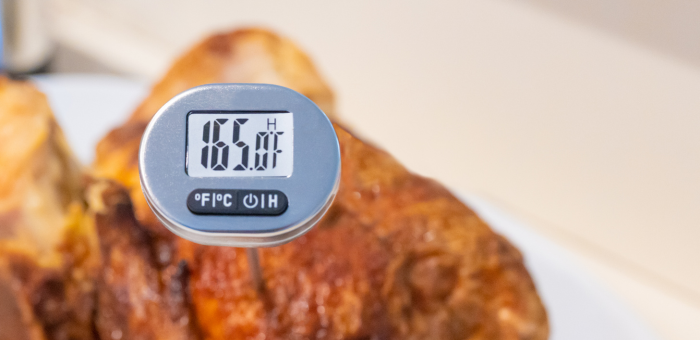
Don’t over char!
It’s easy to over char food on the grill, especially meat on the bone, as you try to cook it all the way through to the proper temperatures. But let’s be honest, not many people care to eat black charred food. Meatier cuts like the chicken thighs and drumsticks can be cooked on higher heat to get a nice browning on the outside of the meat to start with, and then moved to an indirect cooking zone on your grill to finish cooking to the proper internal temperature.
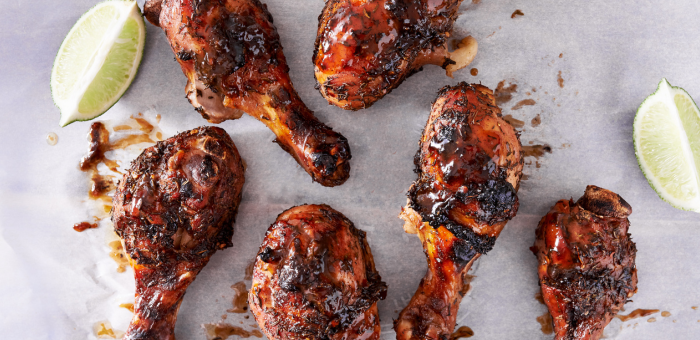
Let it rest!
Look, we know you are eager to dive into that beautiful roasted chicken, but we promise it’s worth the wait! Give all meat a few minutes rest once it comes off the grill before cutting, slicing, eating, and allow the juices to redistribute evenly. About 10 minutes on average, and maybe even a little longer for the bigger cuts of meat. Some carryover cooking will take place while it’s resting too, so you could even pull it a few degrees less than your desired target temperature. 5 degrees of carryover cooking is normal.
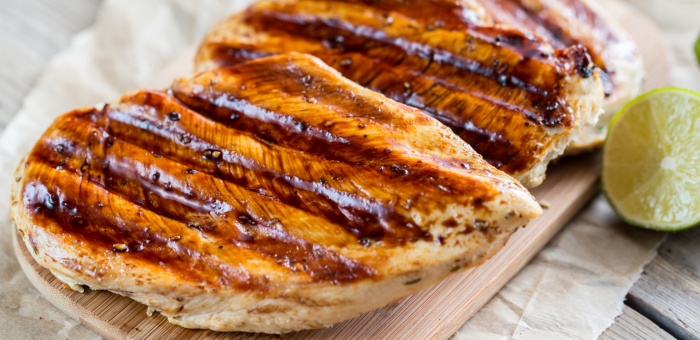
Not using a charcoal grill?
No worries! All of these principals can be applied the same to a gas grill with the exception of needing a charcoal chimney!
We hope these tips are helpful! For more great tips, info & secrets to grilling:
SIMPLE BRINING METHOD FROM DOUG KEILES, BBQ PITMASTER
6 QUICK & EASY CHICKEN MARINADES
GRILLING VS BBQ VS SMOKING-WHAT'S THE DIFFERENCE?
SECRETS TO GRILLING SUCCESS FROM MASTER BUTCHER, RUSTY BOWERS
